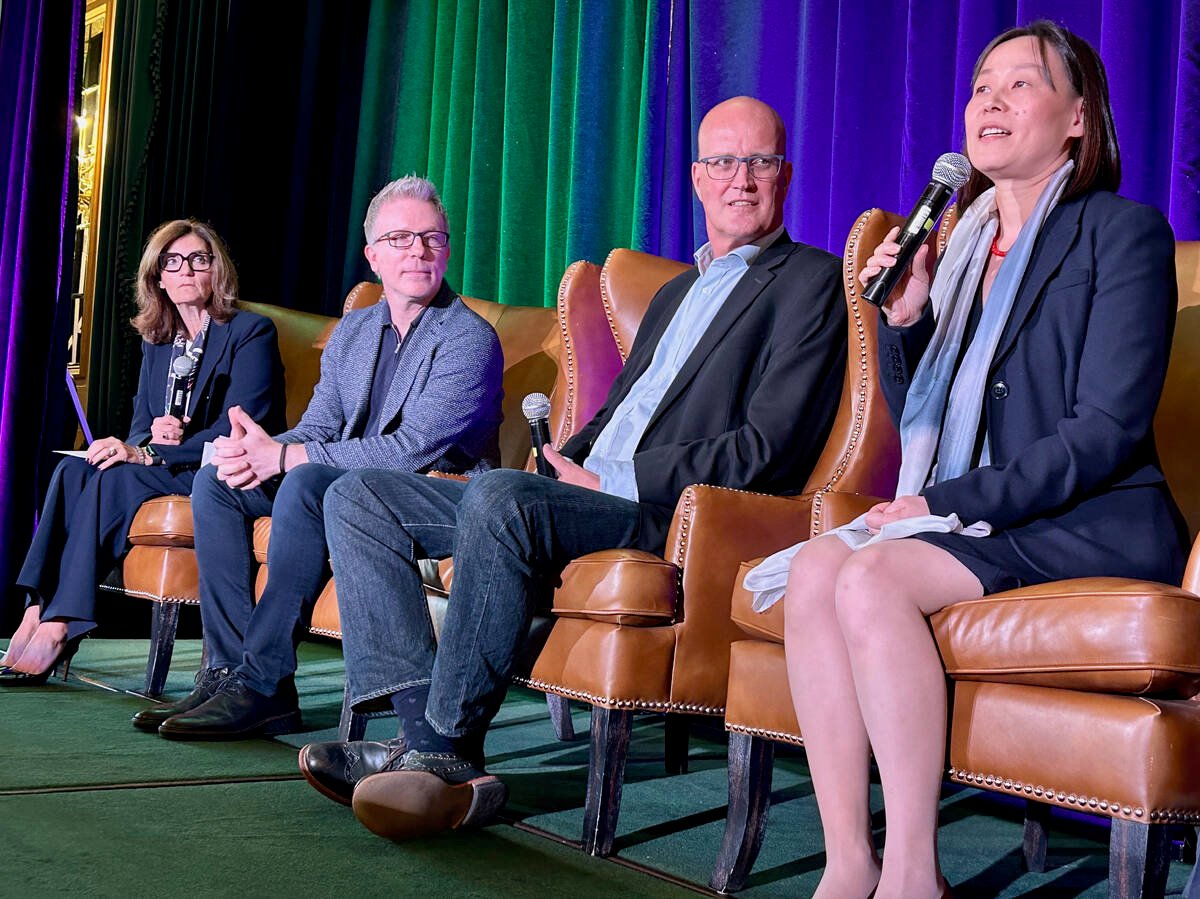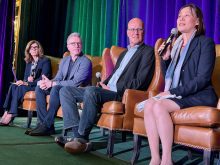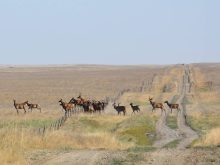Agriculture Canada scientists hope that the genome editing method will allow forages to be more marketable
Leduc, Alta. — Researchers are in the preliminary stages of potentially modifying forages like alfalfa and sainfoin, using a method they say is not likely to scare off GMO opponents.
Stacy Singer, a molecular breeder in Lethbridge with Agriculture Canada, is part of the team conducting the project. She said the goal is to create alfalfa and sainfoin with higher yields, better resistance to drought and floods, and higher leaf lipid content, which could reduce methane.
“While producers would be happy with more yield, we need to grow more on less land, reduce methane emissions and respond to climate change,” Singer explained, following her presentation at the Alberta Forage Industry Network’s meeting in Leduc, Alta. earlier this month.
Read Also

New program aims to support plant-based exports to Asia
Understanding the preferences of consumers in Taiwan and how they differ from Indonesia or Malaysia isn’t easy for a small company in Saskatchewan.
“The future of this program is obviously going to evolve, so it’s important for me to have these discussions directly with producers and industry to find out what they want, as well.”
Singer said researchers are preparing to analyze alfalfa while the project waits for more funding. They plan on first trying to modify it by using what’s called the transgenic method, but in the future, they plan to modify it through a process called genome editing.
“You could look at genome editing as precision gene surgery,” she said. “Very small changes are being made.”
She said genome editing is more beneficial than traditional genetic modification methods for a number of reasons.
Genome editing doesn’t have potential toxicity and allergenic risks that the transgenic method can produce.
As well, she said genome editing doesn’t have that ‘GMO’ label attached to it. For instance, she said many European countries that are anti-transgenic are OK with genome editing, so products produced through genome editing would be easier to sell.
“It (the genome editing method) is more marketable,” she said. “It could make the difference of something being not accepted and accepted, so I want these things to be completely accepted everywhere so we don’t have to worry in terms of exports.”
Crispr, the most common genome editing method, uses an enzyme to cut DNA at a targeted point, affecting only that part of the DNA sequence.
Singer said scientists must make extra effort to educate the public about the process.
“When GMOs came on the market, scientists didn’t educate people and no one really told them about it so many thought, ‘this must be bad,’ ” she said. “And a lot of the traits were for profit more than for consumers, so that created some skepticism. So, we have to try to do things differently this time.”

















